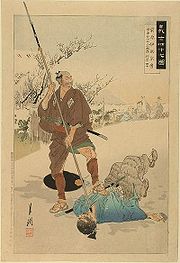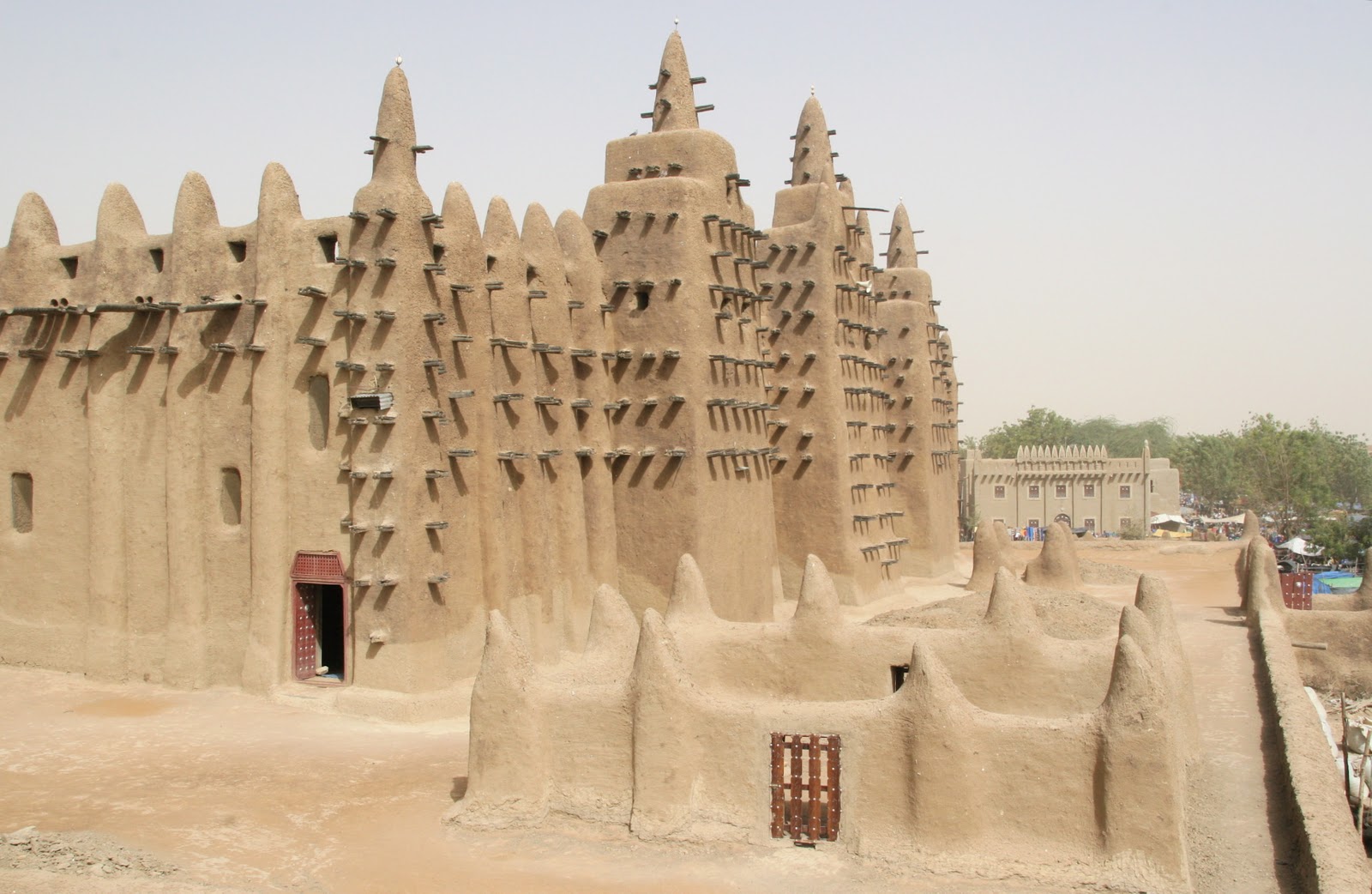Evan Liddle
Riya Patel
AP World History: Modern 🌍
577 resourcesSee Units
Empires are complex and multi-dimensional political organizations, land or sea based, and as a result the question of how empires are organized is key to understanding them. Below are some ways in which these empires organized themselves, you may be able to think of others as well.
Bureaucratic or Military Elites
Bureaucratic & Military Elites
Bureaucratic elites are individuals or groups of individuals who hold positions of power and influence within a government bureaucracy, while military elites are individuals or groups of individuals who hold positions of power and influence within the military.
Bureaucratic elites often hold positions of power and influence within a government bureaucracy due to their knowledge, education, and expertise in a particular field or area. They may be responsible for implementing government policies and programs, managing government resources, and making decisions that affect the broader society.
Military elites, on the other hand, often hold positions of power and influence within the military due to their rank and position within the military hierarchy. They may be responsible for leading troops, making strategic decisions, and representing the military in negotiations with other countries or organizations.
Both bureaucratic and military elites play important roles in the functioning of a society, but they may also face challenges and criticisms from those who feel that they are not accountable to the broader public.
Some empires relied heavily on their military establishments to run the empire, and sometimes this even included the bureaucracy (read: paperwork, keeping records ... the boring stuff).
The Ottoman Empire’s devshirme system is an example of this: children who were not of the dominant religion (Islam) were recruited, received both military and academic education, and then were assigned either to lead on the battlefield, with the latest weapons in a military unit known as the Janissaries, or to help run the government in the capital. This system was flexible and recruited only the best. Even better for the empire, these positions were initially not hereditary, so the empire did not develop another power base to rival the Sultan. However, a problem arose when the Janissaries were allowed to pass their position to their children (and even have children!) by the late 1600s.
During the Tokugawa Shogunate (military government in the Tokugawa clan) in Japan, a new role for the samurai warrior developed. With the unification of Japan, the samurai lost their traditional warrior roles because they had originally served local lords and given land and rents in return, but there were no more local wars to fight after 1600. In an effort to make sure the Samurai did not become a source of instability in the Shogunate, the Tokugawa Shoguns provided them with new administrative roles within the government which included administering land. However, there were not enough positions for all the samurai and some did become ronin (masterless samurai).

Masterless Samurai. A highly trained and equipped warrior class with no purpose. What could go wrong? As with the Janissaries military elites can be liabilities as well as benefits. Image Courtesy of Wikipedia
Great Works of Art, Monuments, and Pretty Buildings
Across many of the empires leaders built large monuments for various purposes. Sometimes they reinforced the rulers’ connection with established religions, sometimes they emphasized military power, other times they promoted trade, and occasionally they were just for personal flexing.
🎥Watch: WHAP - Imperial Art + Architecture
Religious Buildings
In both the Inca Empire and the Mughal Empire, rulers used religion to help reinforce their rule. In Cuzco, the Inca Capital, there was a major gold-covered sun temple constructed high above most of the city, allowing the rulers to conduct elaborate ceremonies in full view of their subjects. This reinforced the rulers’ connection to the sun God Inti. Later, the conquering Spanish tore down the temple and built a church on top of it to emphasize the victory of Christianity over the Incan empire.
Christian Church built on Incan ruins. Image Courtesy of Wikipedia
In the Mughal Empire, a number of mausoleums (tombs) were built to reflect Traditional and Persian Islamic Architecture, so much so that Mughal Architecture became its own category of Islamic Architecture in South Asian history. The most well-known example is the Taj Mahal, built as a tomb for a Mughal Emperor’s wife; it has the appearance of a mosque (dome, minarets, etc.) and the interior is (literally) covered in excerpts from the Quran, the holy book of Islam. These all serve to reinforce the piety and faithfulness of Mughal rulers to Islam.
Military Strength
The Palace of Versailles in France built by Louis XIV, while probably known mostly for the gilded rooms and fancy balls and large scale gardens (so large the fountains could not be run 24/7 or they would drain the nearby water source). But the Palace of Versailles was also a Parade Ground for military demonstrations. Louis XIV was a king of a newly centralized France, and he kept his nobles in line not only by having them live part of the year in Versailles, but also having military demonstrations in front of them and foreign delegates.
Divine Right
Sometimes buildings are not enough, and there are other examples of rulers using religion to promote their power, either directly or through their right to rule given by a divine power.
The term divine right comes from European History, though the idea is not new. Since the end of the Roman Empire, many European monarchs from Russia to France claimed, and were claimed, to be ruling in the name of the Christian God. This did not mean the rulers were divine, but rather that they ruled by the consent of the divine, or with god’s permission. If this sounds familiar, that's because it is similar to the Mandate of Heaven in Imperial China.
In the Songhai Empire in Africa the ruling family promoted Islam, as had their predecessors in Mali and Ghana. But, the Songhai rulers brought in more Islamic scholars and more forcefully spread the religion among the people of the empire (a change from the Mali rulers who did not force their subjects to convert). In an effort to get even more people to accept Islam, many of the rulers of the empire also took the name Muhammad, after the Islamic prophet, and local Islamic scholars spread a story that the empire’s founder Muḥammad I Askia was a jinn, a type of spirit in Islamic mythology, who protected the empire’s subjects.

If it worked once, why not keep it? The Songhai Empire, like its predecessors, continued to promote Islam. The Djenne Mosque was built in the time of Mali but continued to be used in Songhai. Image Courtesy of WallpaperFicea
In the Aztec Empire (technically, a confederation of three cities) the rulers maintained a close relationship with the priest class. Aztec rulers launched campaigns to acquire prisoners of war and human tribute from subject people in order to continue the practice of human sacrifice by the priest class, which was demanded by the Gods. The Aztec Empire was a militant state which subjected most of the other peoples in Central Mexico in return for tribute in goods and people, calculated via tribute lists. In return for humans for sacrifice, Aztec priests legitimized the rule of the various Aztec leaders. It should be noted that this practice was not new in Pre-Columbian America, but the volume of the Aztecs’ sacrifices made them very unpopular among the people of Central Mexico.
Taxes
All empires need money to run. One of the major elements of an empire, really any modern state, is some system by which to collect funds, either in money or some other form of value, and then distribute them.
Sometimes there were particular classes of people within an empire who were tasked with collecting taxes. For example, the salaried samurai in Japan and the zamindars in the Mughal Empire were military leaders or military classes in the empire, but they were also given the task of collecting taxes for the central government. The reasons for this varied, for example in the Mughal Empire, the ruling Muslims gave local Hindu princes the task of collecting taxes as zamindars in order to incorporate them into the government.
Other times governments sold the rights to collect taxes in a practice known as tax farming. This was most famously practiced in the Ottoman Empire, where the Sultan would give a non-government official the right to collect taxes for themselves at their own rate from a certain number of villages for a given amount of time, in return for an upfront payment. This was a quick way for the empire to raise funds, but could stifle development in the long run as the tax farmer could eliminate any surplus production by taxing the people too much.
Taxes could also be collected in many forms. In pre-modern times, when metal currency was not widely available and paper money was not in fashion, taxes could be collected in the form of labor or products (referred to as a “tax in kind). However in the Ming Empire, when Spanish colonization of the Americas led to an abundance of silver coinage flowing through the empire, the government made the decision to collect all taxes in silver. This monetized the economy, since labor is not easily mobile and food tribute rots eventually, but silver is solid. This made it easier for the government to pay for services and support the bureaucracy, though eventually inflation became a problem as the supply of silver continued to increase.
Review Time
After studying on your own, invite some friends to a
study with me online session
to discuss the main points of the lesson and review anything that you may be confused on. It is a great way to for everyone to feel supported while studying!
Browse Study Guides By Unit
🐎Unit 1 – The Global Tapestry, 1200-1450
🐫Unit 2 – Networks of Exchange, 1200-1450
🕌Unit 3 – Land-Based Empires, 1450-1750
🍕Unit 4 – Transoceanic Interactions, 1450-1750
✊🏽Unit 5 – Revolutions, 1750-1900
🚂Unit 6 – Consequences of Industrialization, 1750-1900
💣Unit 7 – Global Conflict, 1900-Present
🥶Unit 8 – Cold War & Decolonization, 1900-Present
✈️Unit 9 – Globalization, 1900-Present
✏️Frequently Asked Questions
🤔Exam Skills
👉🏼Subject Guides
📝AMSCO Notes

Fiveable
Resources
© 2025 Fiveable Inc. All rights reserved.